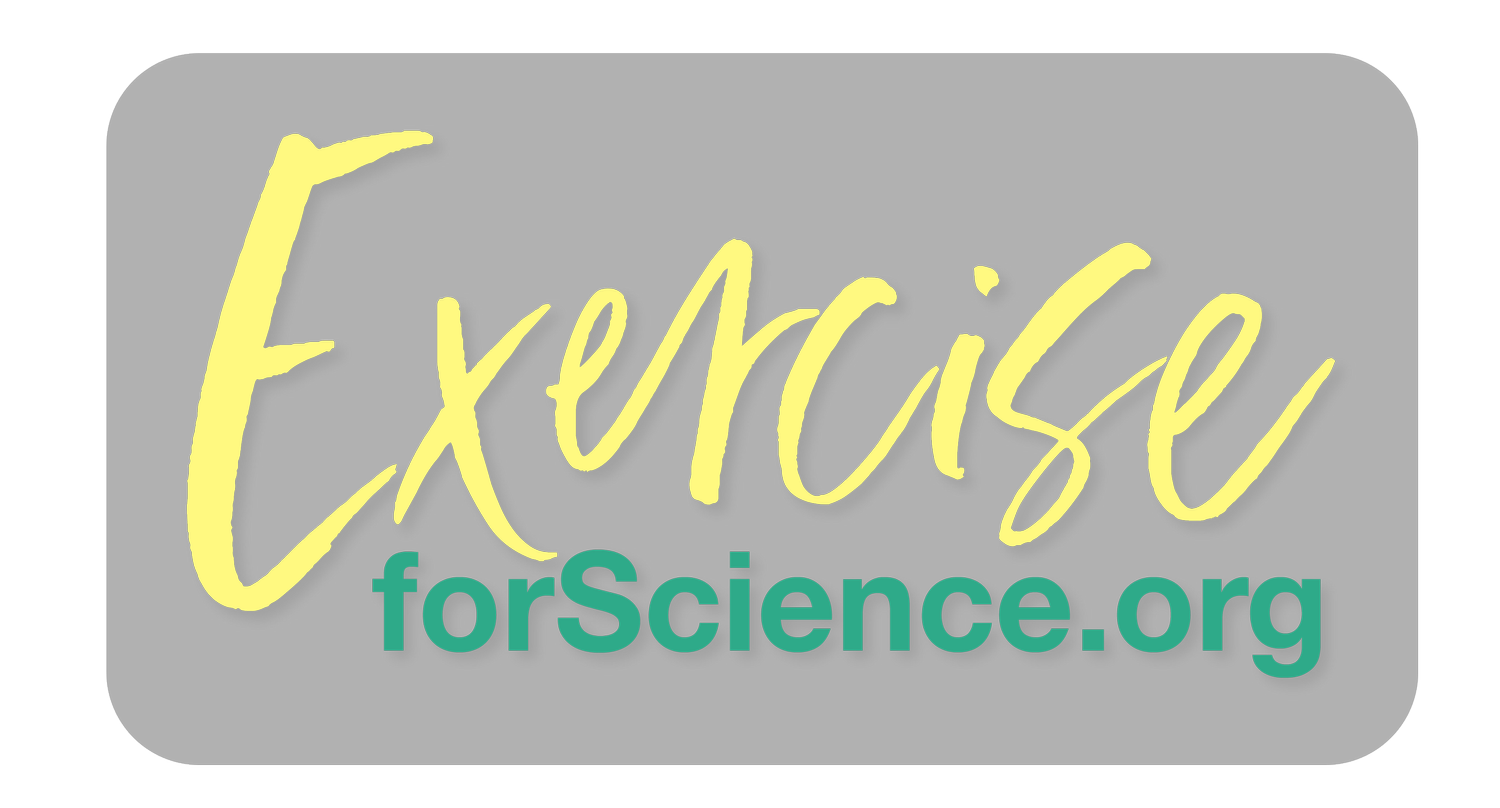Book recommendation: The Midlife Cyclist
If you’re over 35 and into cycling then Phil Cavell’s ‘The Midlife Cyclist is a great read. It has some fascinating and unexpected insights, many of which we’ve been studying as part of our latest research — into the effects of cycling on muscles and joints.
Some of our favourite insights from The Midlife Cyclist…
The perfect cyclist
The first characteristic in building the perfect cycling specimen is being symmetrical. Your bike is perfectly symmetrical, but your body is not. More than 80% of us are off-centre in some way while cycling - and the majority of the balancing happens in our hips and pelvis. Having a bike fitted specifically to your body is a way of compensating for the idiosyncrasies of our bodies - whether one leg is longer than the other or you tend to lean to one side. It’s helpful to be aware of the irregularities of how your ride, to avoid pain or injury. The alternative is to be a perfectly symmetrical human, but we have yet to discover one.
Beware overtraining syndrome
This is now a medically recognised phenomenon. Professional cyclists train at 80% low intensity and 20% high intensity. Meanwhile amateurs tend to train at much more than 20% high intensity. This may well be doing more harm than good.
Joint efforts…
Following on from our hip and knee studies, this quote was very good to see: “The pelvis is king, the foot is Prince, the knee is slave.” In cycling, the pelvis is held in place by the saddle and the foot is held by the pedal. That means the knee is a victim of forces coming down from the hip and pelvis, and up from the foot and ankle. So the way your body aligns on your bike will ultimately have a big impression on how you perform.
The crucial role of muscle strength
A very interesting observation in the book that again reflects our own research (see our latest muscle studies) is the rationale for older athletes to build muscle through resistance training. As Phil observes, muscle is needed burn glucose, which is why sarcopenia (muscle wastage) is linked to high BMI. In other words, allowing our muscles to weaken and shrink means that we cannot burn as much glucose. That makes us more likely to become obese - which as we know puts us at risk of many health conditions.


